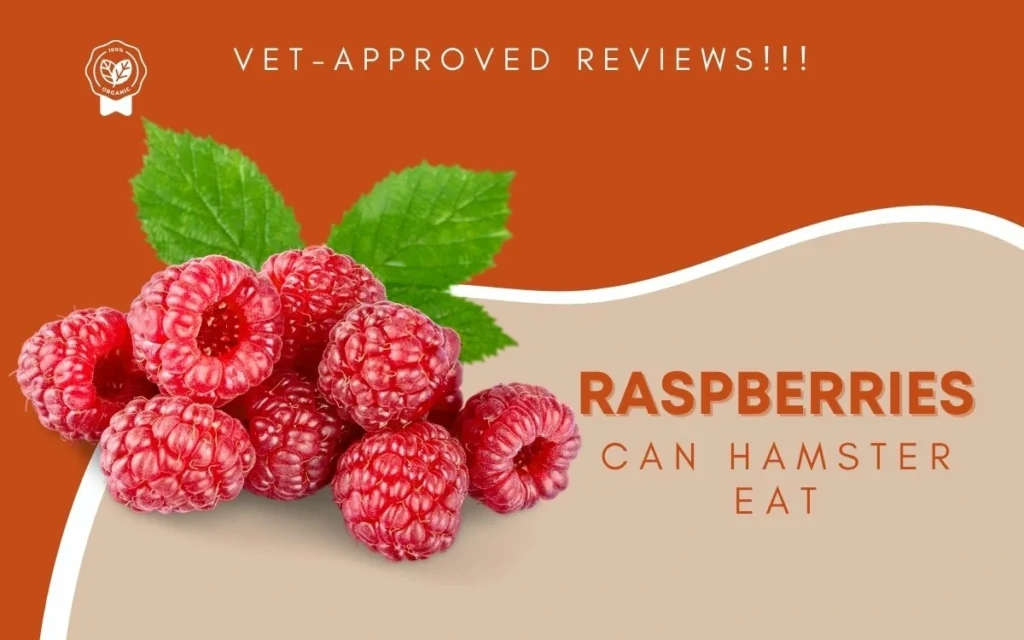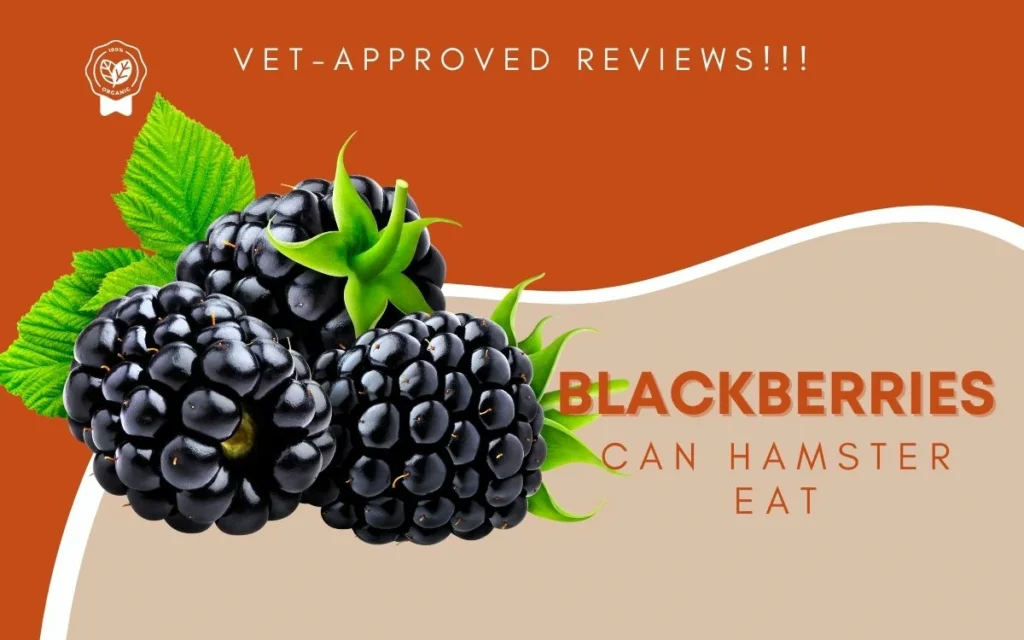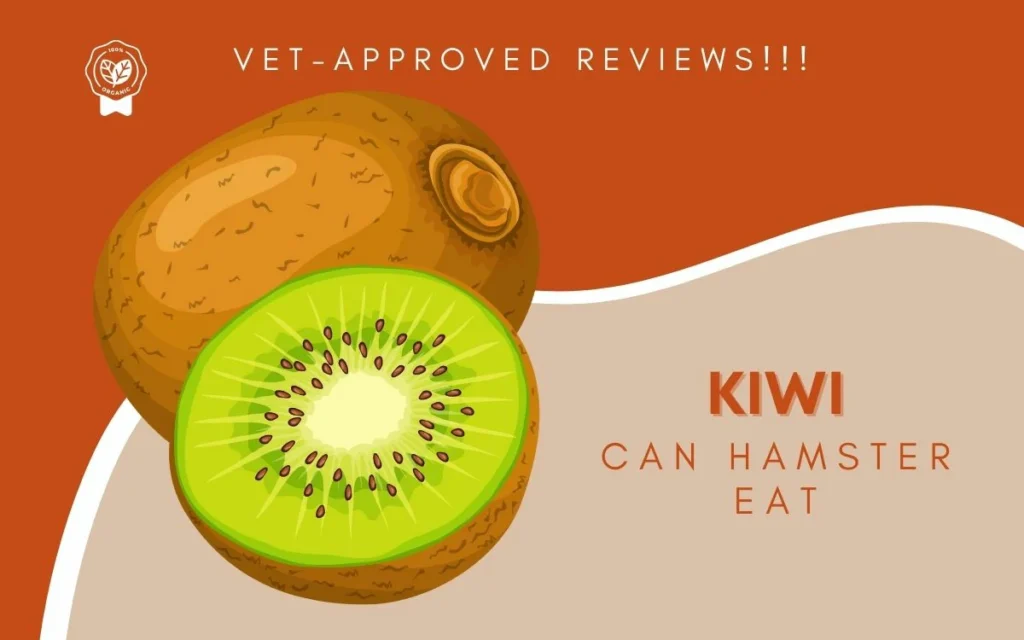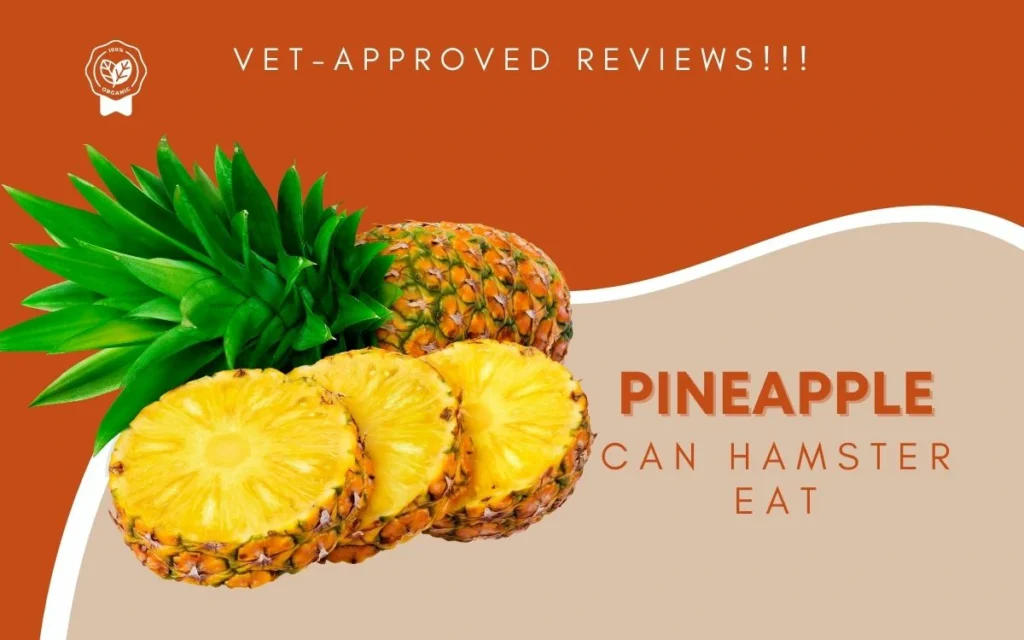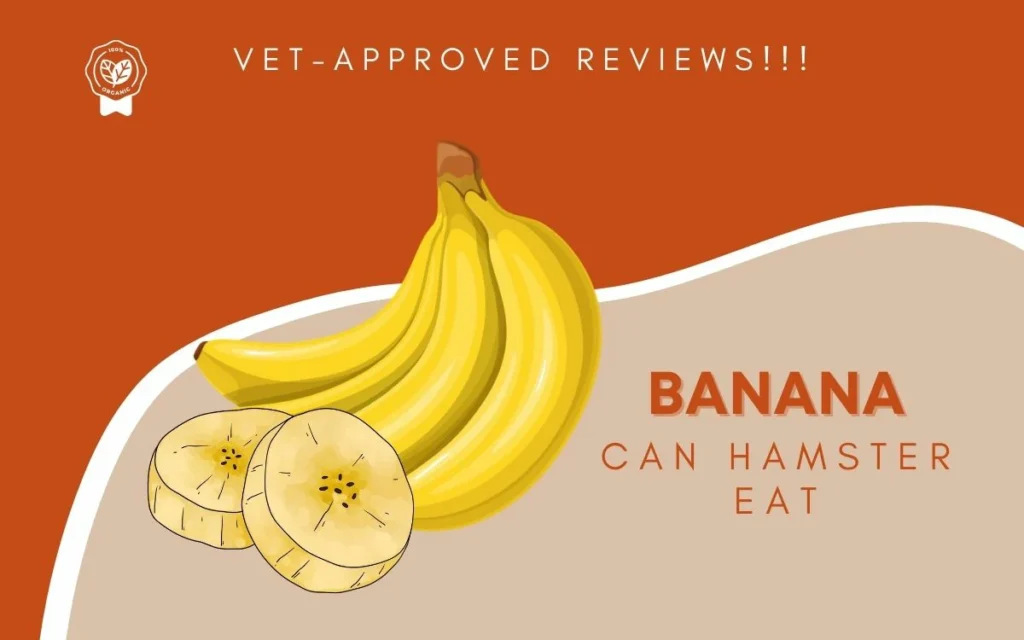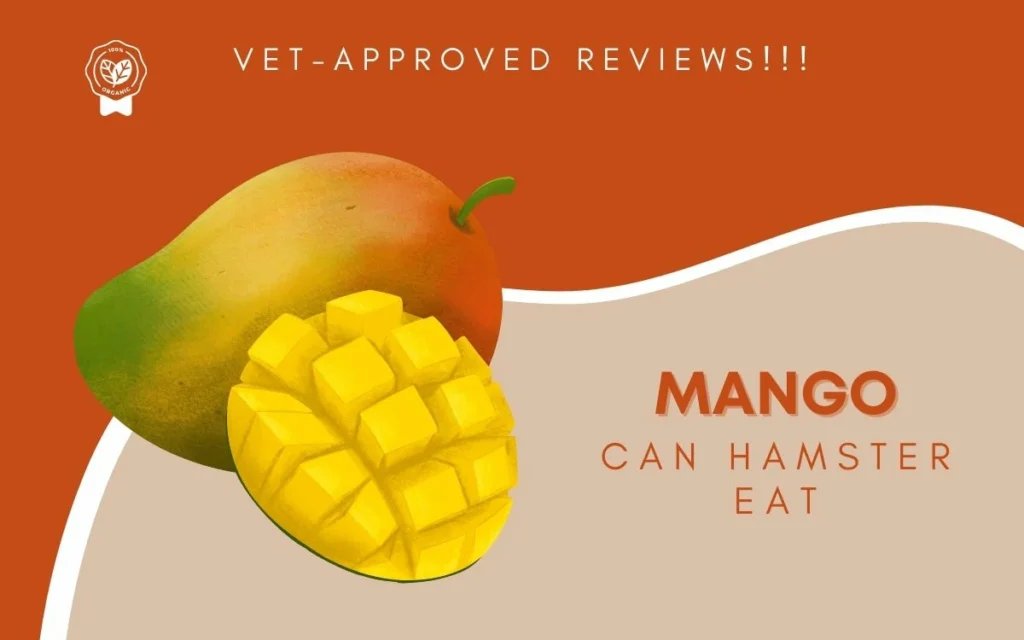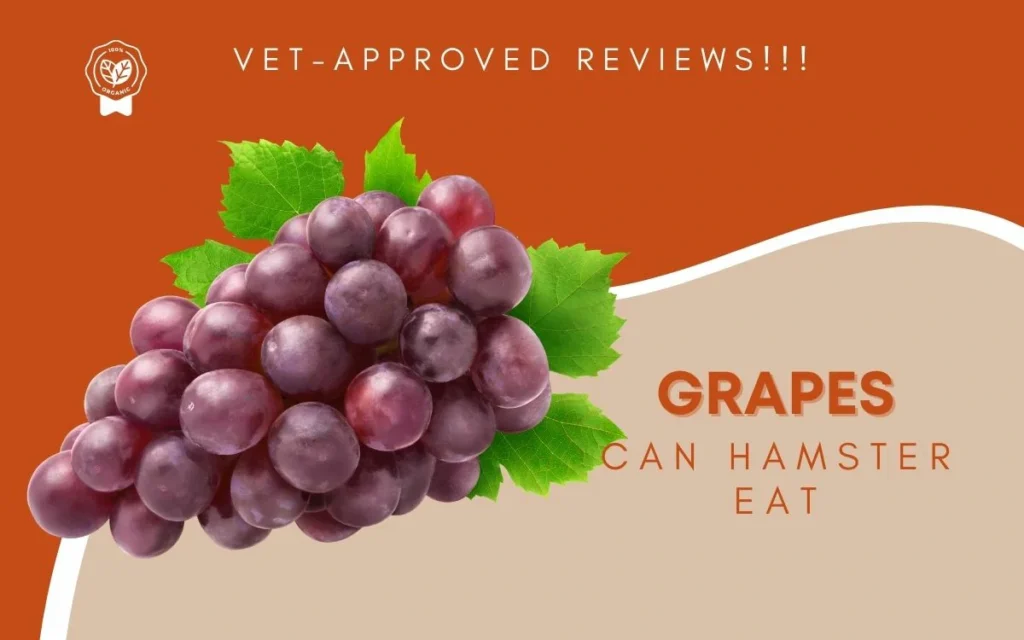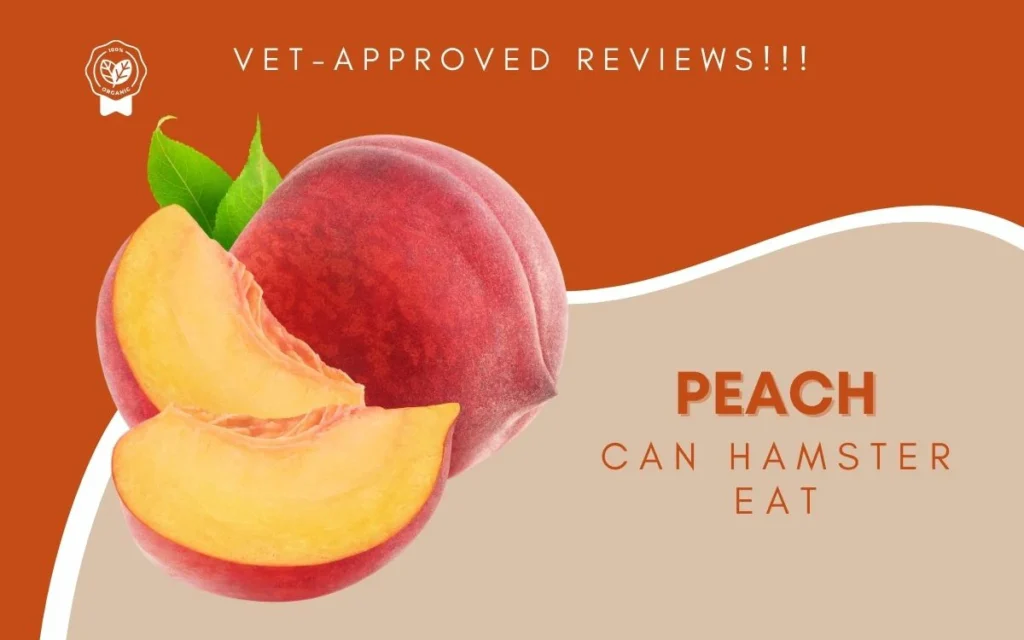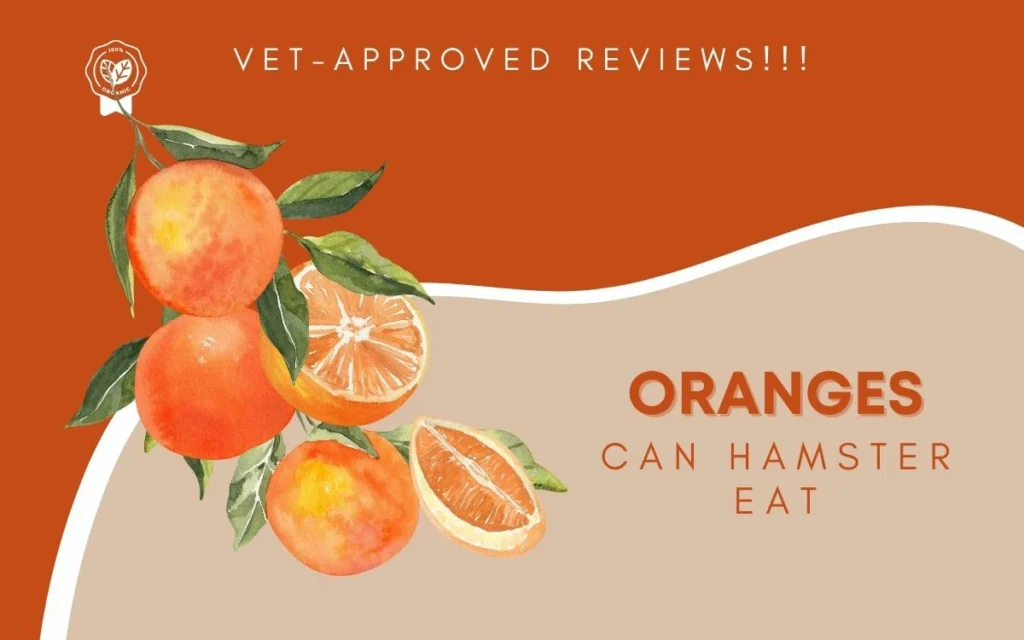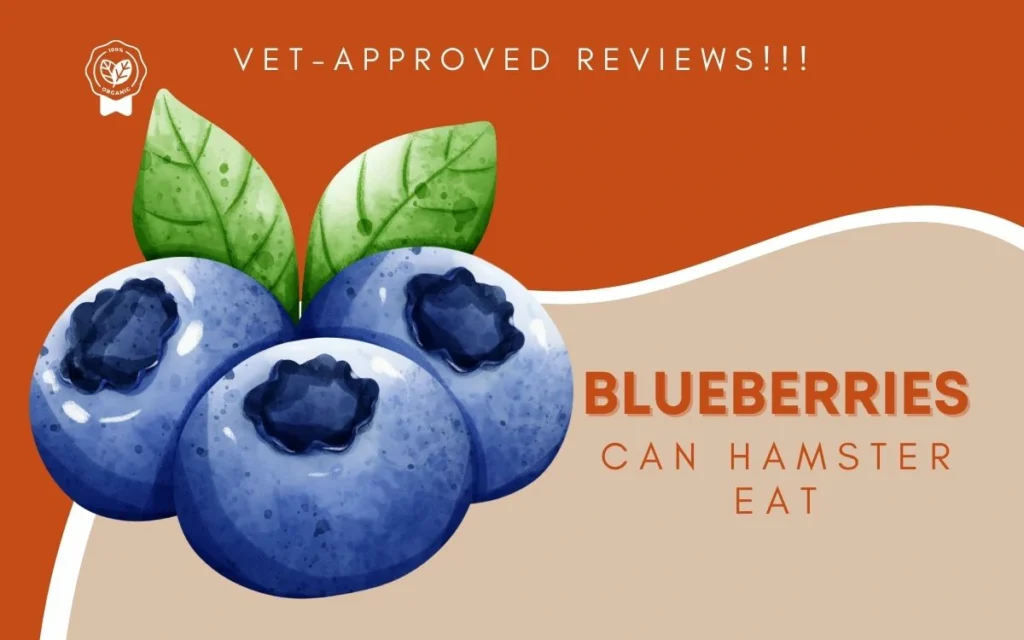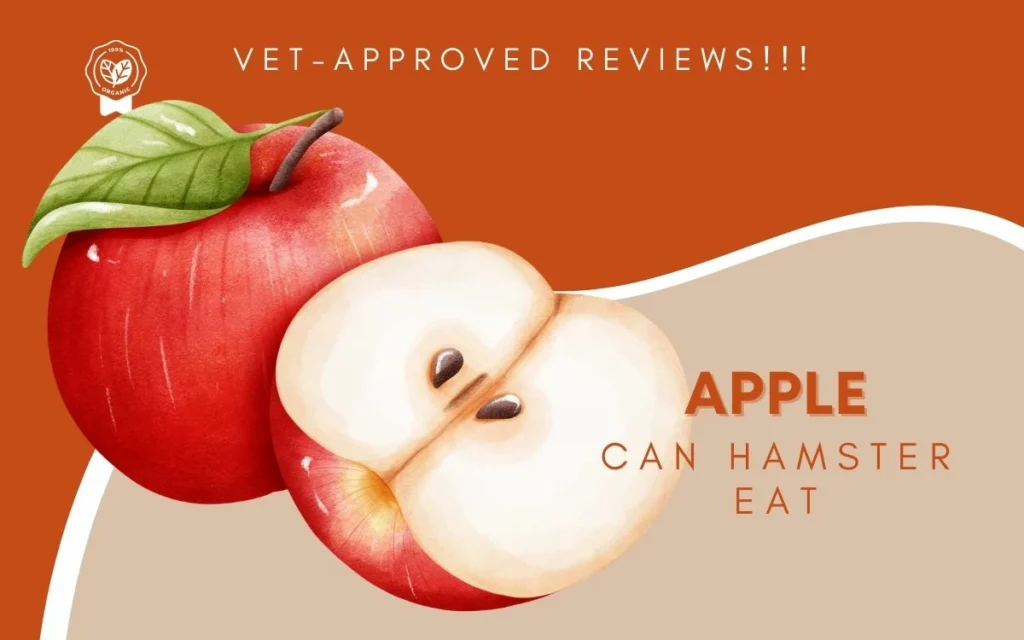Immerse yourself in the joy of sharing naturе’s bounty with your pеt hamstеr. As a caring pеt ownеr, you might bе curious about introducing thе еxotic flavour of mangoеs into your hamstеr’s diеt.
This guidе will provide a comprehensive undеrstanding of thе potential bеnеfits and risks associated with fееding mangoеs to your hamstеr, empowering you to make informed decisions for your pеt’s wеll-bеing.
Vеt approved Dietary Guidelines: Can Hamstеrs Consumе Grapеs Safеly?”
Yes, hamsters can eat ripe, fresh mango in moderation. Mangoes contain beneficial vitamins and minerals that can support a hamster’s health. However, they also contain natural sugars, so it’s important not to overfeed them.
Nutritional Value of Mangoes for Hamsters:
Mangoes provide the following key nutrients that can benefit hamsters:
- Vitamin C: Boosts the immune system and aids collagen production. Collagen keeps joints healthy.
- Vitamin A: Supports vision, growth, reproduction and immunity.
- Fiber: Aids digestion and prevents constipation.
- Potassium: Important for muscle and nerve functioning.
In particular, the vitamins support overall health, while the fiber aids digestion – an important consideration for hamsters as they can suffer from gastrointestinal issues if fed inappropriate foods.
So in moderation, mangoes make an excellent, nutritious supplement to a balanced hamster diet.
Potential Dangers of Too Much Mango for Hamsters:
While mango can be safely fed to hamsters, too much can cause problems due to the high natural sugar content.
Consuming excess sugar can lead to:
- Diarrhea
- Digestive upset
- Obesity
- Diabetes
Feeding large quantities can also provide too many calories, leading to unhealthy weight gain. Like humans, overweight hamsters are at higher risk for other illnesses like heart disease and arthritis later in life.
So it’s vital to feed mango only occasionally and in small amounts. Follow the feeding guide later in this article to ensure your hammy gets all the benefits without the risks!
Can Hamsters Eat Green Mango?
Green, unripe mango has higher starch and lower sugar content than ripe mango.
So while not necessarily dangerous, green mango doesn’t provide optimal nutritional value compared to the ripe fruit. It’s also much harder, making it more difficult for a hamster to bite and chew.
For both nutrition and safety reasons, it’s best to stick to feeding ripe, soft mango to hamsters rather than unripe green mango.
Can Hamsters Eat Dried Mango?
Dried mango contains more sugar concentrated into less volume compared to fresh mango. Because of this, moderation is key when feeding dried fruits like mango chips:
- Only feed dried mango occasionally, not daily or as a staple food.
- Feed very small amounts – a treat size amount once or twice a week at most.
- Make sure the mango is unsweetened or contains no added sugars.
- Watch your hamster’s weight and health. Reduce treats if diarrhea, obesity or other issues occur.
With proper precautions for the concentrated sugars, dried mango can still be fed safely. But fresh mango is a healthier choice overall.
Can Hamsters Eat Mango Leaves?
No, hamsters should not eat mango leaves – they contain persin, a toxic compound. While humans can safely consume mango flesh, the leaves, bark, peel and sap contain persin which can cause serious health problems if ingested.
Consuming mango plant parts besides the fleshy fruit can lead to:
- Digestive upset
- Diarrhoea
- Dehydration
- Breathing difficulty
- Kidney dysfunction
So while hamsters love chewing on fresh produce, make sure to offer only safe fruits and veggies – never leaves, stems, peels or other non-fleshy parts unless you specifically research them first. Stick to feeding just ripe mango fruit pulp and flesh only.
Can Hamsters Eat Raw Mango?
Yes, raw ripe mango is perfectly safe for hamsters to eat. In fact, raw ripe mango is healthier than cooked mango for hamsters.
Cooking destroys some heat-sensitive vitamins like vitamin C. So for optimal nutrition, it’s best to feed raw fleshy fruits over cooked options.
Raw vs cooked comes down to taste preferences as well – some hamsters may prefer softer, cooked mango while others like the crunch of raw fruit. See what your individual hammy likes!
Mango Feeding Suggestions:
Now that we’ve covered the safety and nutrition questions, let’s talk about some best practices for actually feeding mango:
How to Prepare Mango for Hamsters
- Wash thoroughly under running water.
- Peel using a vegetable peeler or paring knife.
- Cut a small slice from the flesh near the pit.
- Dice into tiny pieces to prevent choking. Pieces should be no bigger than the size of your pinky fingernail.
- Remove any pits/seeds – these contain trace amounts of persin toxin.
When and How Much to Feeding y
- Frequency: Mangoes should be an occasional treat just 1-2 times per week maximum.
- Serving Size: Feed only 1-2 small mango chunks per feeding, not more. Overfeeding can lead to digestive upset.
- Best Time: Offer mango as a special snack between meals, not as a complete meal replacement.
Always supervise your hamster when first offering new foods to ensure normal eating and bowel habits afterward.
Health Benefits of Mango for Hamsters:
In moderation, mango can be very good for hamsters thanks to high vitamin, mineral and antioxidant content. Potential benefits include:
Boosted Immunity:
Mangoes contain immune-supporting vitamins C, A, B6, as well as copper. Together, these nutrients help strengthen immune response to keep your hamster healthy.
Improved Digestion:
The fiber and water content in mango can help with healthy digestion and prevention of constipation – a common issue for hamsters on dry food diets.
Increased Antioxidants:
Mangoes provide antioxidants that destroy harmful free radicals and may help prevent cell damage from oxidation over time. This protects body tissues.
Healthy Skin, Hair and Nails:
Vitamins A and C support collagen production, which keeps nails, skin and hair healthy. These vitamins may also reduce skin/fur dryness and hair loss issues.
So while mangoes do contain natural sugar, the immense nutritional benefits can make them worth feeding in moderation.
Potential Risks of Too Much Mango for Hamsters:
While ripe mango fruit pulp is safe for hamsters when fed properly, too much can cause issues.
We touched on this earlier, but let’s recap the possible problems:
Diabetes:
The natural sugars in mango can negatively impact blood sugar when overfed. In some cases, this can contribute to diabetes – especially in older, overweight hamsters.
Diarrhoea:
Excessive mango consumption can lead to loose stools or full-blown diarrhea due to the fructose overwhelming the digestive system.
Weight Gain:
Mangoes should be fed sparingly as a treat due to their high calorie count. Too many mangoes lead to obesity in hamsters.
Choking Hazard:
The fleshy texture of mangoes means it’s critical to dice into tiny pieces. Large chunks can pose a choking risk and should be avoided.
While mangoes do provide great nutrition, they should comprise only a tiny portion of overall intake to avoid these complications.
Follow our feeding guide for safe quantities based on species and age.
How Much Mango Should You Feed Your Hamster?
The amount of mango you can safely feed depends on your hamster’s species, size, age and overall diet.
Use these guidelines as a starting point:
For Syrian Hamsters:
- Adult: Feed just 1-2 small mango pieces 1-2 times per week at most. Pieces should be no bigger than 1 cm cubed.
- Young/Dwarf: Halve the servings – feed 1 small piece weekly for young Syrians and small dwarf species.
For Dwarf Hamsters:
- Adult: Feed 1 tiny piece of mango 1-2 times weekly. The piece should be roughly pinky fingernail sized or less.
- Young: Offer mango very sparingly until adulthood. Pieces should be a couple millimeters cubed at most.
For Chinese, Roborovski & Other Species:
Consult an exotics vet on proper serving sizes for these and other fragile, smaller species. As a general rule, feed very sparingly after full maturity is reached.
When first feeding, offer tiny amounts and monitor stool and behavior for signs of digestive upset before increasing quantity.
An optimal diet should comprise 75% high quality hamster mix, plus vegetables, hay and limited fruits or treats.
Alternative Fruits for Hamsters:
While mangoes make an excellent occasional hamster treat, they shouldn’t become a dietary staple due to their sugar content. For more regular fruit feeding, try these lower glycemic options:
Apple:
Apples provide vitamin C without excess sugar. Choose organic whenever possible.
Blueberries:
Loaded with antioxidants to support immunity and eye health. Very hamster-safe.
Cucumber:
Natural moisture and fiber supports digestion and hydration.
Melon:
Water-rich melon provides nutrients without sweetness.
Pear:
Similar nutrition to apples but less likely to cause gastric issues.
Raspberries:
Antioxidants galore! Just don’t overfeed due to sugar content.
Strawberries:
In moderation, strawberries offer great nutrition and treat appeal.
Rotate various produce to keep your hamster’s diet diverse for complete nutrition.
Feeding one type of fruit or veggie exclusively can lead to nutritional imbalances over time.
FAQs:
Can Hamsters Eat Mango Skin?
No. While the mango flesh/pulp is safe, the skin contains persin and fiber that can irritate digestion. Peel all mangoes before feeding to hamsters.
Can Syrian Hamsters Eat Mango?
Yes, Syrian hamsters can and generally enjoy eating bits of ripe mango as an occasional treat. Just don’t overfeed – follow our recommended serving sizes for adult Syrians.
Can Dwarf Hamsters Eat Dried Mango?
Dried mango is high in sugar content, so only feed it sparingly. A tiny piece about the size of a sunflower seed once weekly or less is appropriate for most dwarf species. Monitor health carefully when feeding any high sugar dried fruit.
Can Hamsters Eat Frozen Mango?
Technically hamsters can eat frozen mango, but it’s not ideal. Frozen fruit is very hard, making it difficult to bite and chew. Thaw the mango back to room temperature or slightly warmed before feeding for safety and palatability.
Can Robo Hamsters Eat Mango?
Yes, Roborovski hamsters can eat small amounts of ripe mango as an occasional snack. But be very conservative with serving sizes given their tiny size. Monitor closely for signs of digestive upset or diarrhea after feeding.
Can Russian Dwarf Hamsters Eat Mango?
Russian dwarf hamsters like Campbell’s and Winter White hamsters can eat tiny, diced pieces of ripe mango once or twice a week at most. Remove all skin, peel and seeds first. Monitor babies and juveniles very carefully when first introducing new foods.
Conclusion:
Ripe fresh mangoes make a nutritious, vitamin-rich supplement to a balanced hamster diet when fed properly.
Mangoes provide key benefits like boosting immunity, supporting digestion and supplying valuable antioxidants. Just be sure to feed mango in strict moderation due to the high natural sugar content, and always supervise your hamster companion when giving new foods.
By following proper preparation techniques and serving size guidelines based on age and species, hamster owners can safely feed mangoes for occasional variety. When in doubt, check with an exotic veterinarian for tailored advice on incorporating mangoes into your hammy’s regular diet.

